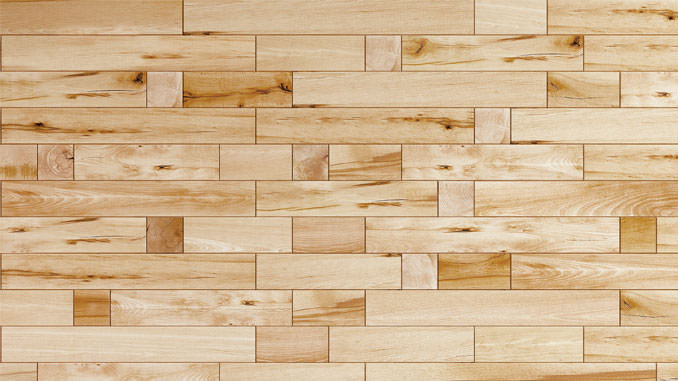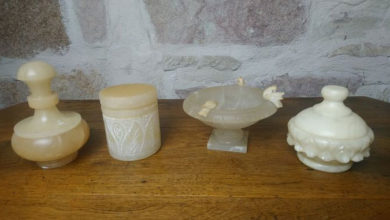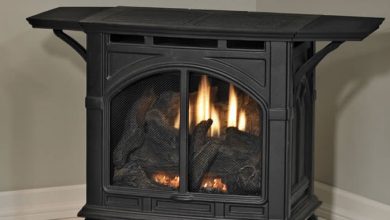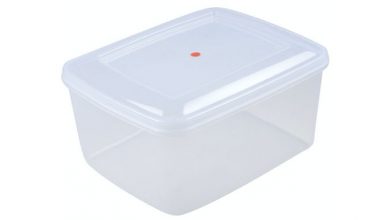
How to clean a Wooden Wall
Choosing to have wooden walls in our home means giving it an important accent of intimacy and warmth and a valuable embellishment, because wood, a rich and precious natural element, is pleasant to look at, to relax our sight, compared to a cold and linear wall.
But, precisely because of its precious naturalness, a wooden wall requires special maintenance and cleaning care. It tends to get dirty easily and absorb dust and bad smells to be treated immediately to prevent them from stagnating and becoming difficult to clean.
With the advice of this tutorial, we will examine how to best intervene on a wooden wall, with regular and correct maintenance, so that it can maintain all its splendid and warm charm.
The first cleaning phase consists of dusting the walls to eliminate soot, dust, and dirt residues, which could complicate the cleaning work, leaving marks and stains difficult to remove. With the help of a ladder and a vacuum cleaner equipped with a brush or a cotton cloth, carefully vacuum all the dust particles present on the surface, paying attention to cleaning the cracks between one panel and the other.
By cleaning your wood paneling weekly with a duster or microfiber cloth, you will help keep dirt and dust under control. If, on the other hand, you want to use a vacuum cleaner, I recommend that you clean the panels at least once a month.
Now proceed to clean the panels with a specific detergent solution for these materials (generally based on oxalic acid); alternatively, you can use bleach for wood (sodium hypochlorite). Proceed by moistening a clean cloth in the cleaning solution, squeeze out the excess water, and gently scrub the panels in a circular motion, starting from top to bottom.
To simplify the work, you can divide the wall into several areas: in this way, you will be sure that you have washed every single area. Before applying any product, test it on an inconspicuous part of the wall, perhaps in a corner or in an area hidden by doors or furniture, to ascertain that it is suitable for such surfaces.
If you are an ecology lover and do not like to use chemicals, you can create a completely ecological detergent but effective like those on the market. Mix 5 liters of water and 200 ml of distilled white vinegar in a spray bottle or basin, clean the wood paneling, and once the entire area has been cleaned with a soft, slightly damp sponge, rinse with warm water.
During this phase, be careful not to over-wet the walls to prevent the panels from absorbing moisture and forming mold and mildew. If you do not particularly like the pungent smell of vinegar, you can add a few drops of lavender, mint, or tea tree essential oil to the mixture, or you can use the Marseille soap in flakes, produced with high cleaning power and completely natural.
Finally, to revive and polish the grain of the wall, which, over time, tends to fade, use straw-colored oil, commonly used to give new life to doors, windows, and furniture. Using a clean, dry cloth, soak it with a minimum amount of oil and gently rub the surface to be treated. This will be sufficient to give shine and protect the wood from stains and humidity. This type of oil is odorless and colorless, and once absorbed by the wall. It will not dirty upon contact.




